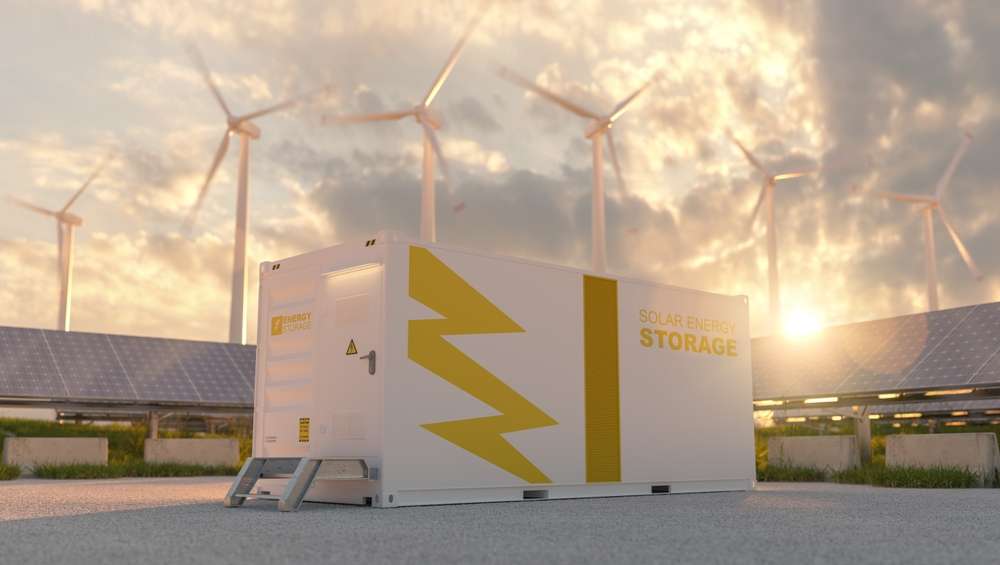Advancements in Telecommunication: A Comprehensive Look at Fixed Wireless
Introduction Ever wondered how remote locations, seemingly detached from urban telecom infrastructure, manage to access high-speed internet? The game-changer is a technology named Fixed Wireless. This article delves into the nuances of this innovation, its impact, and the dynamics it brings to telecom and internet connectivity.

The Advent of Fixed Wireless
Fixed wireless, unlike mobile wireless technologies, provides point-to-point (PtP) or point-to-multipoint (PtMP) communication. The technology leverages high-frequency radio signals to deliver internet connectivity, eliminating the need for physical lines. Historically, fixed wireless was widely used in remote locations where laying cables was impractical or cost-prohibitive. However, with the advent of technological advancements, the use of fixed wireless has greatly expanded, offering a viable alternative to traditional wired connections.
Unpacking the Dynamics of Fixed Wireless
Fixed wireless operates by setting up two fixed locations: a central antenna or hub, often located on a radio tower, and the receiving end, which could be a business or a residence. The central antenna communicates with the customer’s transceiver equipment to provide internet connectivity. By eliminating the need for cables, fixed wireless can easily cater to areas that are traditionally hard to reach, thereby expanding the reach of internet services.
The Impact and Challenges of Fixed Wireless
Fixed wireless has revolutionized the way remote areas access the internet, creating a new realm of possibilities. From enabling remote work to providing access to online education and e-health, the impact is significant. However, the technology is not devoid of challenges. Factors such as physical obstructions, weather conditions, and the requirement of line-of-sight can affect signal strength and thus, the quality of internet service.
Practical Applications of Fixed Wireless
Fixed wireless has found a range of applications, from providing broadband services to remote areas to functioning as a backup internet service for businesses. For instance, in emergency situations where a primary broadband connection fails, fixed wireless can ensure continuity of service. Moreover, in locations where installing physical lines is not feasible, fixed wireless can provide a reliable solution.
The Future of Fixed Wireless
As technology evolves, so does fixed wireless. Developments are underway to improve reliability, increase speed, and reduce the impact of challenges. The future promises a blend of fixed wireless with other technologies to create hybrid solutions, expanding the horizons of connectivity even further.
In conclusion, fixed wireless has emerged as a game-changing technology in the telecom industry, specifically in internet connectivity. With its ability to reach remote areas, provide continuity in emergencies, and offer a viable alternative to traditional wired connections, fixed wireless continues to shape the future of telecommunications. Despite challenges, its potential and practical applications prove that it is here to stay, revolutionizing the way we connect and communicate.




